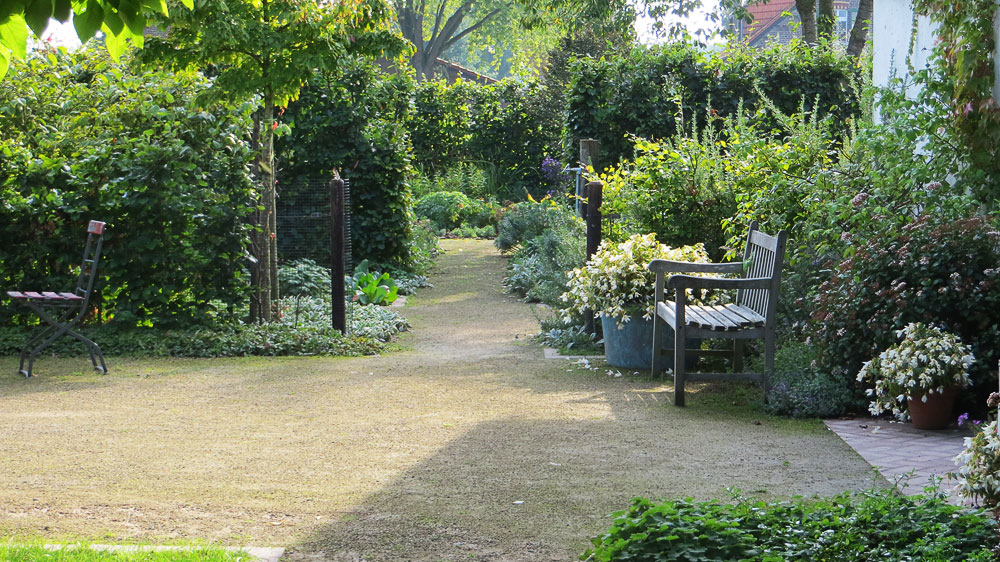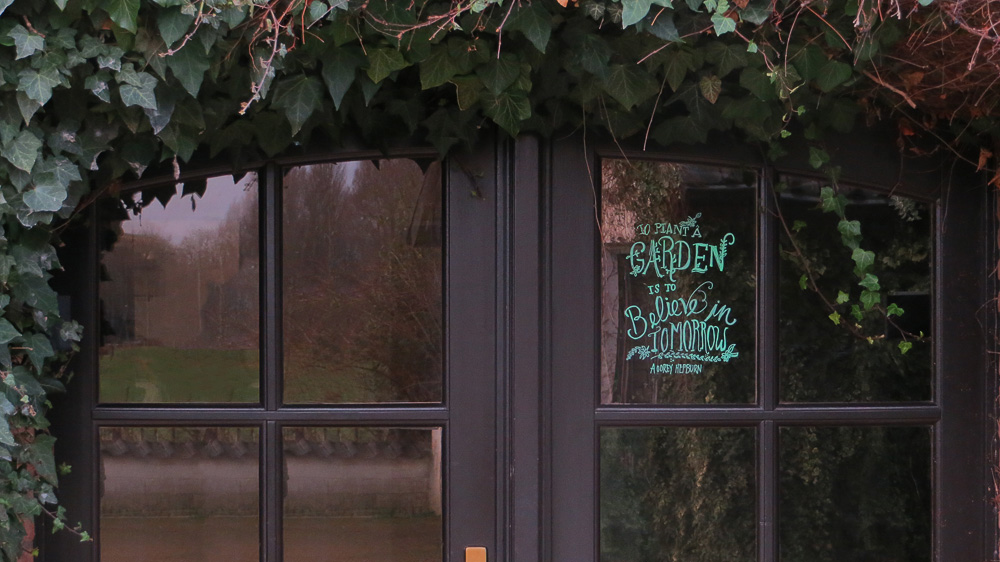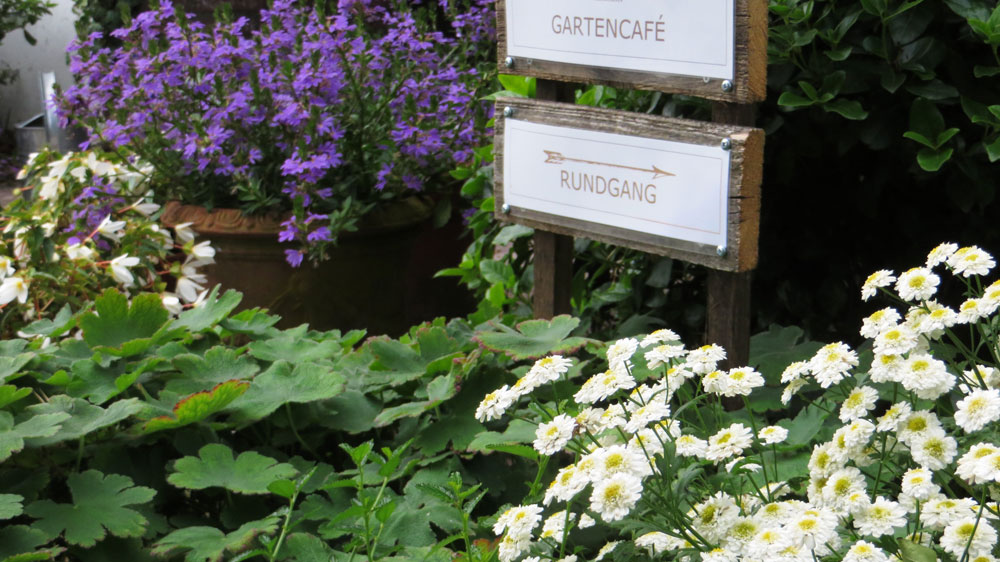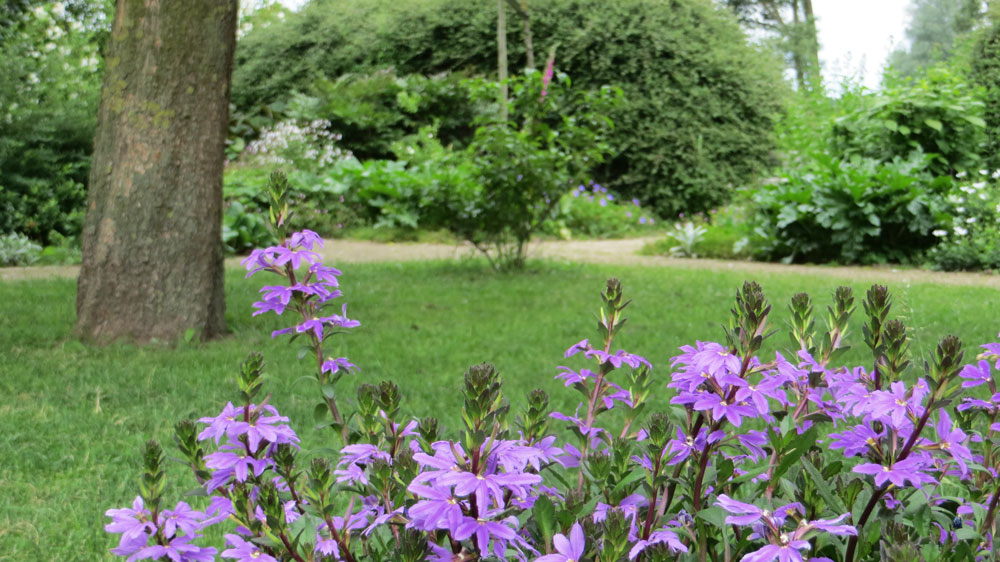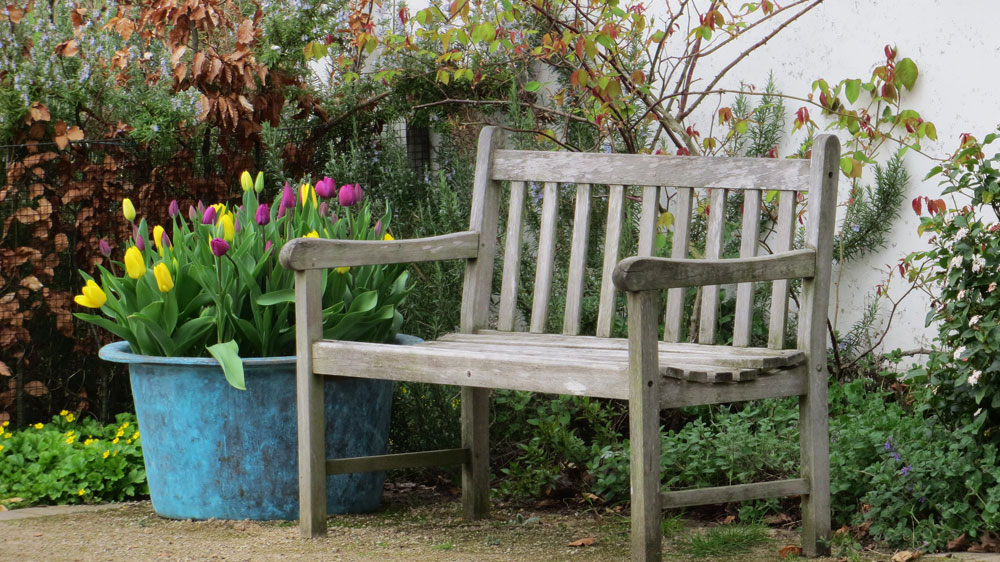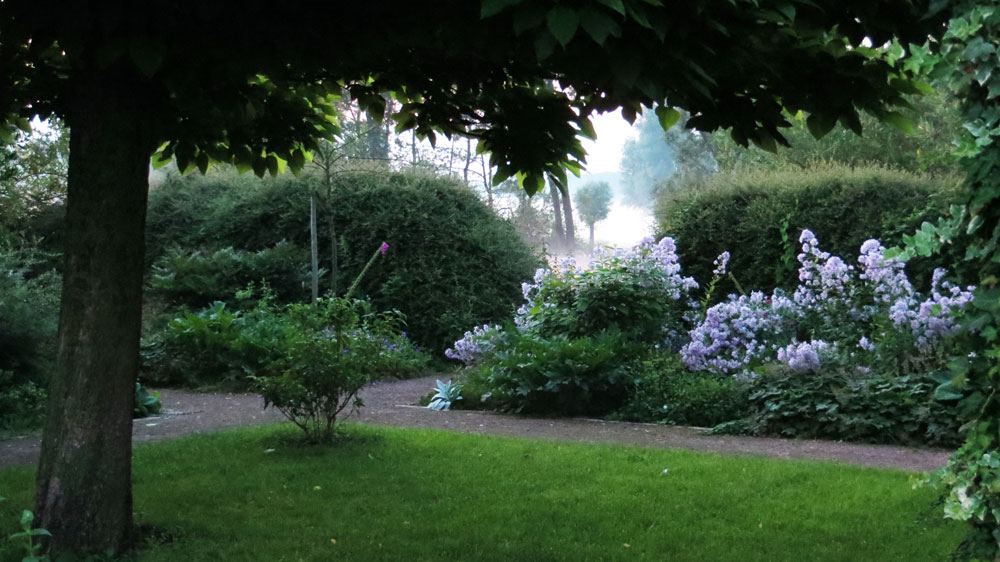The Entrance Court
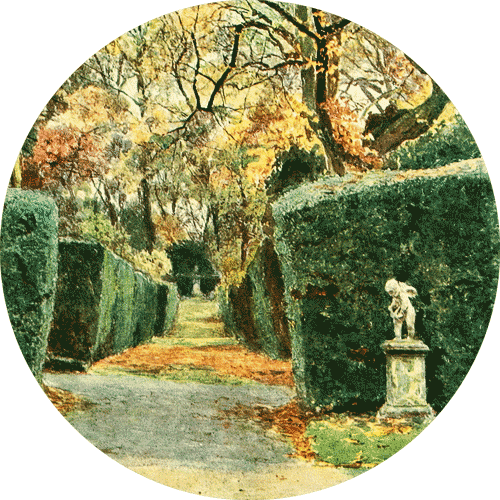
Painting from an entrance to an Edwardian garden
Painting by George Elgood (Public Domain Picture)
As Gertrude Jekyll wrote on her design for Millmead “The planting of the forecourt (should be) kept rather quiet, with plenty of good green foliage….the whole intention being to be green and quiet in anticipation of a riot of bright blossom in the main garden on the sunny side of the house.”
Use of Viburnum tinus
And this is exactly what we did at Viller. Besides the already existing Holly and a Cotoneaster hedge we planted near the front door two Viburnum tinus. Jekyll used this Laurustinus oft in front gardens of stately houses and they could easily reach 10 feet (3m). Therefore I was looking for a smaller cultivar and came across with Viburnum tinus ‘Lisa Rose’ which actually should not exceed 6 feet (1.80m).
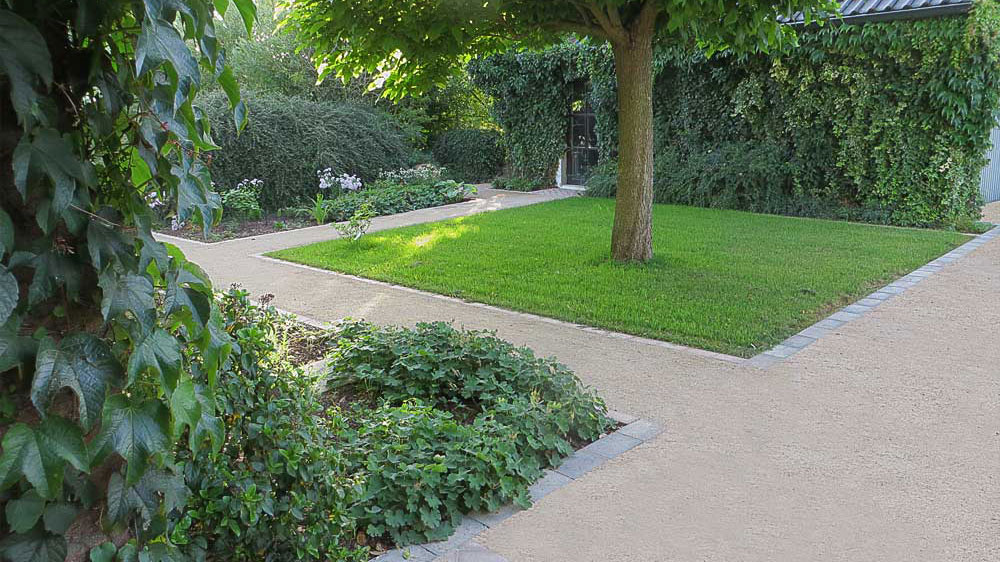
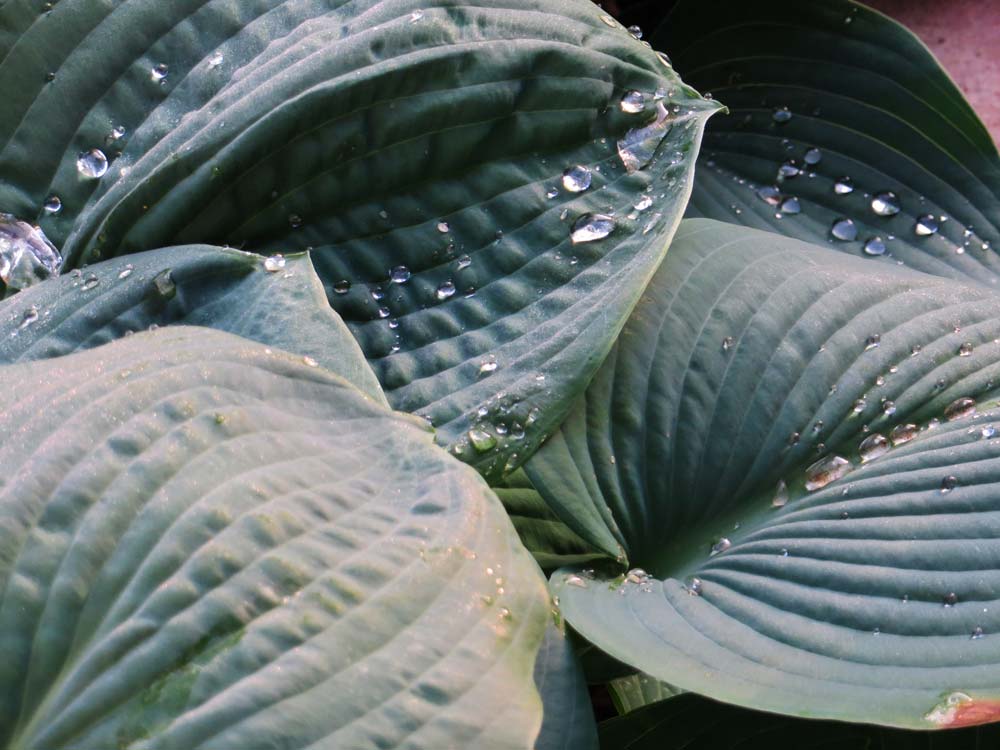
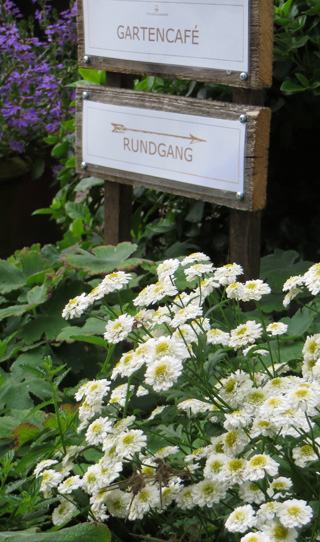
The entrance court in spring
It was my aim to make this part of the garden particularly attractive during the winter and spring. The Laurustinus is starting to bloom in late summer and keeps up flowering during the cold and bleak wintertime. They welcome visitors with their rosy white colour.”
“During spring the deciduous shrubs continue to cheer visitors with their fresh foliage and mainly white flowers. Here I choose some new smaller cultivars like the viburnum plicatum ‘Shoshoni’ and the reliable Spiraea cinerea ‘Grefsheim’. Perennials like the hardy Geranium Philippe Vapelle and the catmint Nepeta x faassenii are starting to bloom in May. Their blue flowers are forming a nice combination with the long stalks of the Mediterranean spurge (Euphorbia characias subsp. Wulfenii).
In summer
In my designs, I want to surprise visitors when they are walking the garden. As a result, people are drawn to enter the anteroom as a herald to the ‘riot of bright blossom’ of The Long Border. A trellis with the beautiful climbing rose ‘Mrs Herbert Stevens’ guide their way. Perennials like Acanthus mollis (bear’s breech) and the triple-veined pearly everlasting reinforce the white bloom of the rose.

